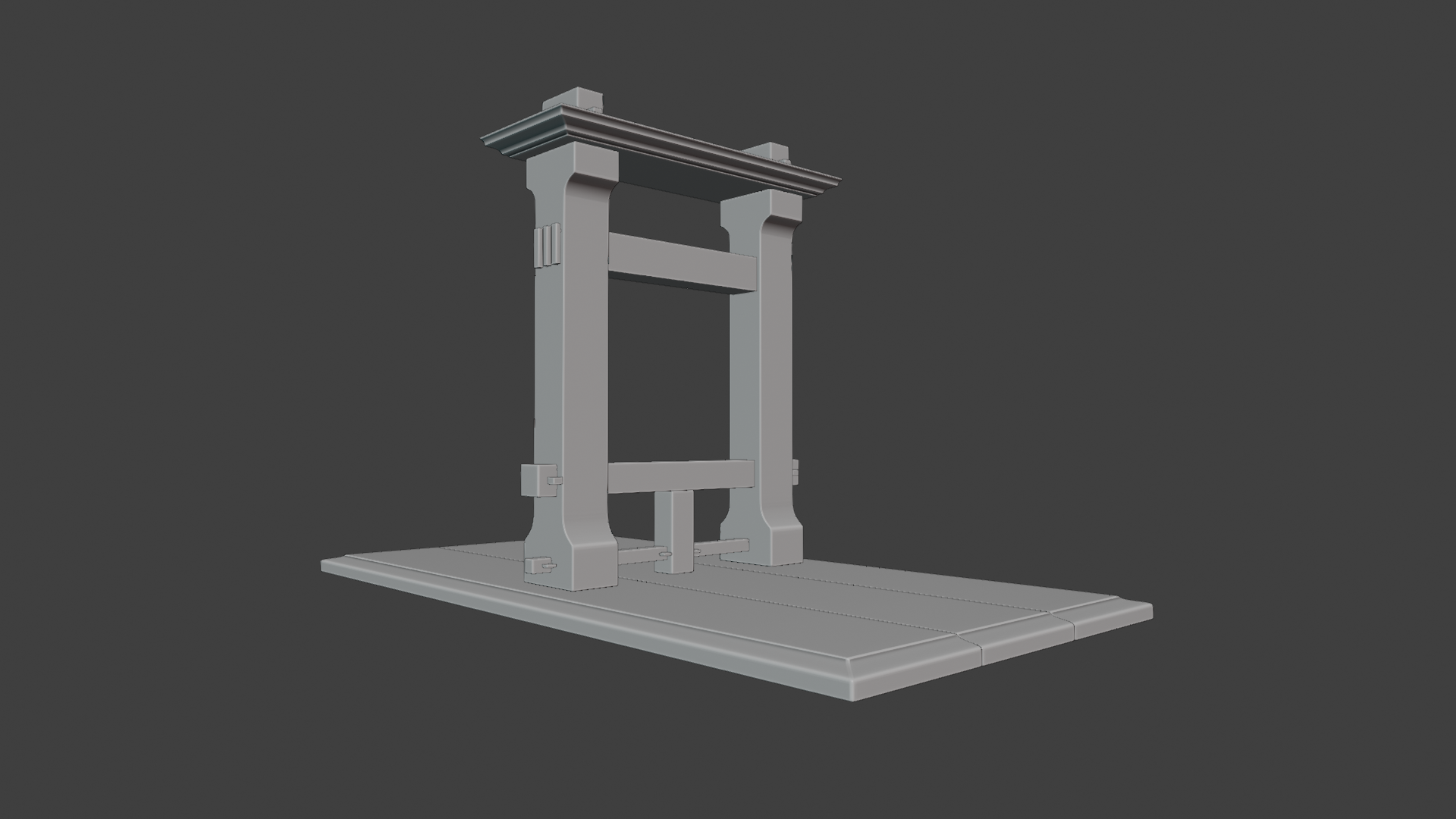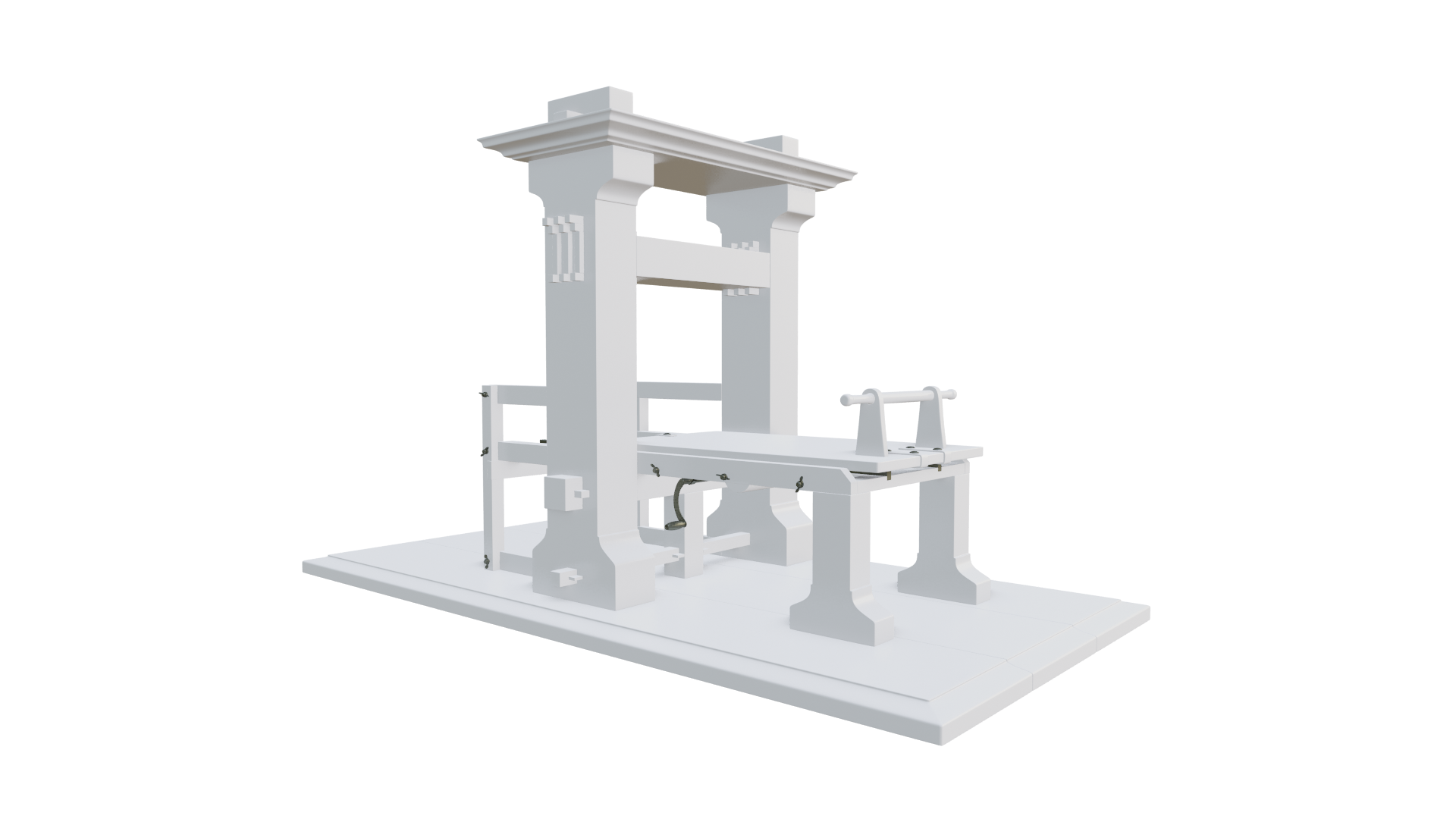Greeting, 3d-world stranger. In this humble place I'll share some of my works, thoughts, hopes and achievements.
Feel free to share your thoughts as well. I really like to read some valuable feedback and critical comments.

In 1882, the Italian inventor Enrico Bernardi (Enrico Bernardi) presented to the public a gasoline engine used to power a sewing machine. Two years later, the engine was installed on a children's tricycle. Thus the Motrice Pia was born.
In 1881, Lucius Copeland assembled the eponymous "Copeland" mechanism — a two-wheeled Bicycle with a steam engine.
Almost twenty years earlier than Daimler, in 1867 and 1869, Louis-Guillem Perrault rolled out the Michaux-Perreaux and Roper, a pair of two-wheeled motorcycles with steam engines on the frame.
But the first motorcycle is considered a product of Daimler-Maybach. Why? According to the set of features:
— single-track unit;
— equipped with two wheels (formally with four, but two side wheels — only for support);
— most importantly: with an internal combustion engine.
Yes, steam engines appeared earlier, but they turned out to be a dead end. It is the internal combustion engines that have brought modern technology to life. Therefore, what was before the internal combustion engine – simply does not count.
Gottlieb Daimler and Wilhelm Maybach met in 1872 at the Otto und Langen Gazmotoren Fabrik Deutz. Gottlieb worked as a technical Director, and Maybach headed the design Bureau. For about ten years, the engineers actively collaborated with each other, until in 1882 they left the factory and opened their own workshop for the production of motors (Daimler was a co-owner of the patent for the production of Otto engines).
Joining forces with Maybach, the inventors improved the design of the engine in two years, creating a valve chamber and an ignition system from the incandescent tube.
In 1884, the Reitwagen appeared. On November 10, 1885, a demonstration of the new device took place.
On the first day of the test (a trip from Kannstadt to Untertorkheim), the seat of the "self-driving riding cart" was repeatedly ignited due to excessive heating of the combustion chamber located directly under the driver, and the total length of the route did not exceed three kilometers.
However, the original design has proven its stability and ability to move in space. The design was patented and a year later Daimler assembled his first four-wheel car (almost simultaneously with Benz, who assembled and patented the tricycle in 1887).
For several years, the Reitwagen remained in the garage as a test stand, where it burned down in 1903 during the Cannstadt fire, which destroyed the Daimler and Maybach workshops.
In 1985, in honor of the centenary of the invention, replicas of the original Reitwagen were created. Replicas differ in layout and individual technical solutions (for example, the number of gears), are not decorative and are on the move.
The General characteristics of products include:
Engine power: 0.5 horsepower / 600 rpm.
Engine capacity: 264 cm3;
Fuel capacity: up to 2 liters;
Maximum installed speed: 12 km / h;
Number of gears: 2 (5 km / h in first gear, 11 km/h in second).
Weight: 90 kg.
___
It is done. I really appreciate all the feedback from you guys. My Reitwagen has some flaws for sure but I learn and I love every little bit of it.
Gonna start a new one really soon)
I want to ride it now that it is finished. Great job ![]() michaelmirn ! Way to stick with it through the entire process. That actually means a lot to complete such an undertaking. And it will go great on your personal portfolio.
michaelmirn ! Way to stick with it through the entire process. That actually means a lot to complete such an undertaking. And it will go great on your personal portfolio.
Thank you, ![]() blanchsb ) Yes, there were a few moments like "What am I getting myself into?" xD
blanchsb ) Yes, there were a few moments like "What am I getting myself into?" xD
10-15 more projects like this and my portfolio would be a solid one.
I am going to proceed with that series eventually so if you have any preferences, please, let me know. I am thinking about:
The first photo camera (I won't go Daguerre's tho, it is going to be a Polaroid);
The first machine gun;
Printing press (or typewriter).
Or name your own thing.
Really awesome work here Michael! I agree with Shawn, it's really an accomplishment to be able to finish such a complex project - so well done to you!
I'm looking forward to seeing what you create next and if I could pick one of your ideas it would definitely be the printing press! I'm slightly biased here because I operate printing presses in my day job!
Great work , I'm really impressed with how this turned out!
Looking through your list of potential projects , I would like to offer a very radical idea : How about you use the very first version of Blender to make the very first default cube :).... Just a thought.....
It is settled then, ![]() beefkeef I'll do a press. I do love books so that is a pleasant choice.
beefkeef I'll do a press. I do love books so that is a pleasant choice.![]() frikkr, appreciate that!
frikkr, appreciate that!
Yes, I've seen that or very similar challenge some time ago. It is a fun challenge but I think I need to know the medium a bit deeper and better to perform such tricks) There are so much to learn: Substance, DaVinci, Rigging and Proper texturing in Blender. Right now I am focused on honing my skills more than performing some tricks. But that's a fun challenge for sure)
I’ll add to the list of ideas:
For guns: how about the Browning Automatic Rifle (a truly iconic gun)
The first turbine engine.
Or perhaps one of Nikola Tesla’s inventions? The death ray/peace ray. The first hydro-electric power generator, etc....
Thanks, ![]() blanchsb)
blanchsb)
These are great ideas and creating something from Nikola Tesla is definitely in the plans. But I don't want to waste ideas before I can implement them on a high-quality level. For example, Tesla must be made with special effects of electricity, all that lightning and humming. I will think over the concept and will definitely do it.
In general, I have three directions: the first of its kind inventions. Creatures from myths and legends; the most vivid images from cinema. As I grow, I choose one of the items in any of the three categories and do it.
Although I certainly jumped over a couple of steps with Reitwagen, but I'm glad that everything ended well in the end xD
Ok, getting ready for the #2.
I've decided to pick Gutenberg's press (obviously) and this is how it looks like nowadays (this is just to give you a grasp of the thing, I'll try to find a really old one, preferably the original):
That is a cool video. Quite nostalgic!
I sure hope you include the ink pads and the other tools.
I guess a stretch would be to model the whole room but maybe that is too big of a scope.
Ultimately you get to define the scope. I’m excited to see what comes of this
Not just ink pads. I am thinking about animating that whole cycle)
As for the scope -- I think that press needs some kind of a base for sure, but that's it unless I want it to get lost in its surroundings.
Yeah that is probably a good idea. These projects remind me of a comment that J.R.R. Tolkien made when he was working his big project LOTR. He said it was consuming him.
Nothing like diving head first and drowning in it! I often feel this way about any project that I start. I eventually learn how to breathe underwater with each one though, so I stop drowning and gasping for air or something else that is distracting.
>>I eventually learn how to breathe underwater with each one though
Something I need to learn.
I have on my hands (in Blender) right now: an animation / 7 deadly sins statuettes / some learning flows and this Guten-press going on.
But it's ok. Just my modus operandi. I even read 4-5 books simultaneously.
@drgnclw
Thanks! I like it too. Even with the fact that this is not a 100% replica and you can't build it up from that visualization (that was the plan).
Step 1:

Fortunately, I wasn't able to find a solid 1440s press so I'll try to model it as close to the original as possible but with numerous interpretations and "artistic freedoms".
For the instance: it feels right to me to give that press a descent standing place. It looks almost like a temple entrance or a sacred monument and requires some fundamental base to be placed upon. These first books were like relics after all.
Plus here is a good one to dive deep into the history of that printing process:
OMG! It's Stephen Fry from "A bit of Fry and Laurie"!
At first when I saw the length of this video I thought: that's a tad long, but now...
I'll watch it tomorrow morning with some coffee and cookies;)
Step 2:
I have a feeling that this model is more historical than artistic)
Well, sometimes you have to do plain work.
You will have to learn procedural shading in Blender for this one, with all those wooden parts (wood is 3 dimensional and not just a surface, you won't be able to use image textures for that...think of the wooden 'screw' for instance...)..
But great project! Looking forward to seeing your progress!